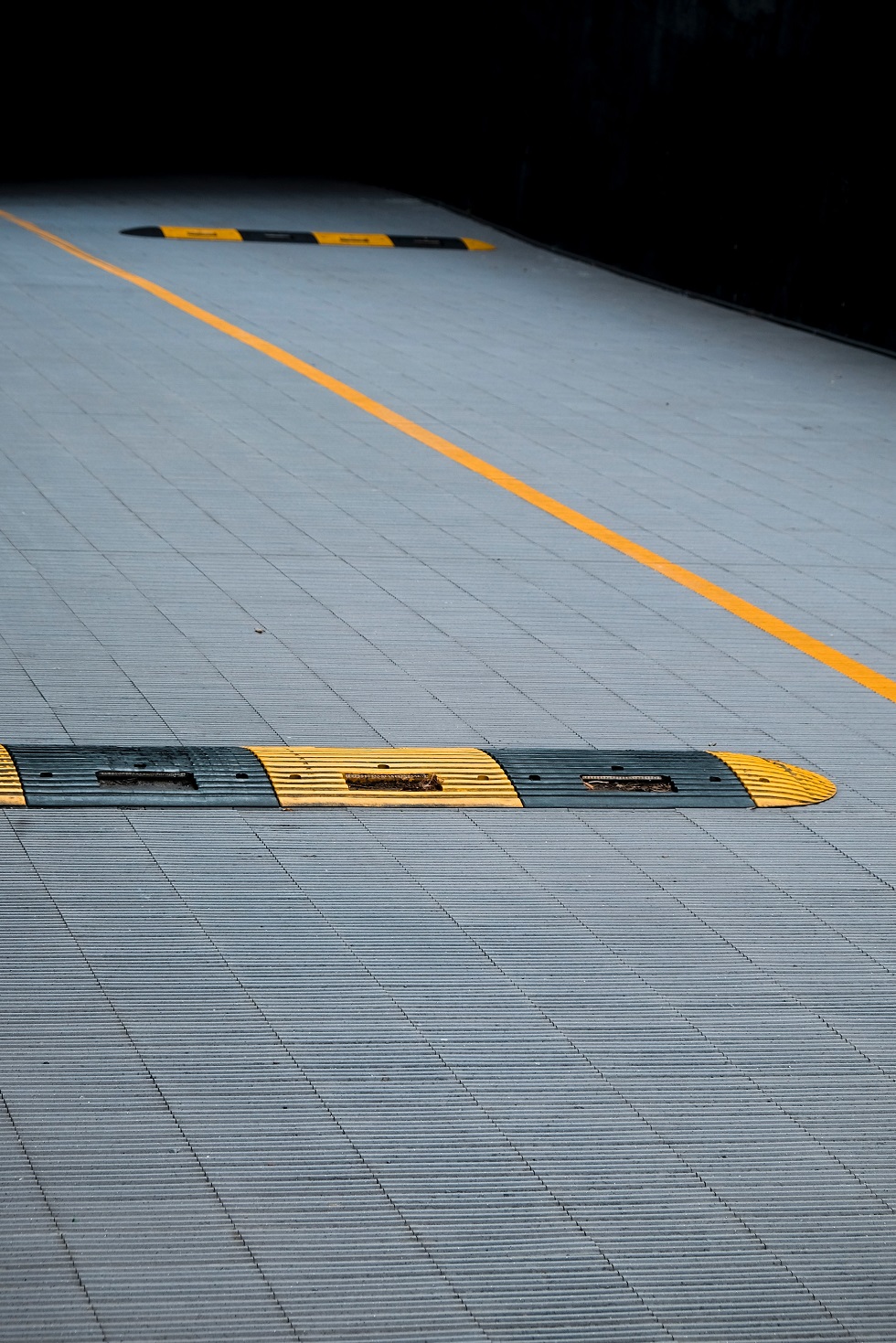Despite how much we complain about the traffic where we live, we’re so used to having it relatively easy to get where we want to go. Multi-laned paved roads, synchronized lights, highways, expressways, tollways. We complain when the person in front of us takes too long to make a left turn, or when we have to stop for an extra traffic light. When our roads are so highly efficient, every second and minute we have to wait becomes significant.
That focus on getting where you need to go can create tunnel vision. More times than I care to admit, I’ve been driving along focused on where I’m going when suddenly I hear a great CATHUNK and my head is colliding with the roof of the car. I’ve hit a speed bump and I hadn’t either saw the sign or it was ill-marked. I curse whenever that happens – both my failure to see it and the necessity to slow to a speed that’s inconvenient.
I remember being on a family trip to Mexico. We had rented a car (one that would have been called a something box if I was being unkind, so let’s say it was improperly maintained). We drove to Chichen Itza, and on the way we took the expressway. Unblemished highway the entire way. On the way back, however, somehow we got onto a parallel road. One that wasn’t a highway, but a local road that went through the villages. At each village, we were forced to almost a standstill at each speed bump. One because the bump was so big, but the other is because the shocks on this car were so shot if we went more than 3 miles per hour the car would bottom out. We would literally groan as we went over each one, hoping not to hear that scrape of steel against the pavement.
It was a long long drive back.
Speedbumps take different forms in different countries. In some places, they put metal grates in the middle of the road that force you to slow down and go around them. In other places, the are amusingly called speed humps and are paved over and difficult to see. In all cases, they seem inexpedient and annoying.
But they are there for a reason. They force us to slow down, despite ourselves and our selfish wish to get where we want to go as fast as possible. And in some cases, slowing down can allow you to see opportunities and resources that you otherwise would have missed.
In Mexico, as we went through each village, children would be gathered at each speedbump. Since we were forced to essentially stop, they were able to come to the window, showing their wares. They were selling fresh fruit and other sundries, which we could have availed ourselves if we needed to. If we had sped along the highway we wouldn’t have been access to that – nor would the locals have had the opportunity to sell it.
In South Africa, the speed bumps were put in front of local spots that were important, most notably schools. If those weren’t there, we would have missed the delight of seeing the school children in their uniforms screaming while playing on their playground.
So – despite the inconvenience – next time you’re driving along and are forced to slow down, take a deep breath and look around. You might be surprised.
